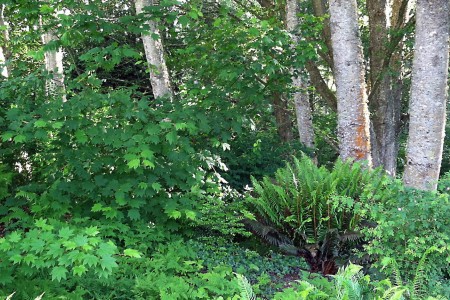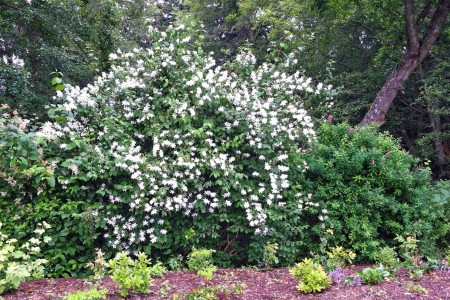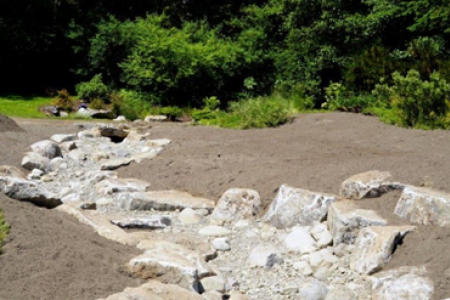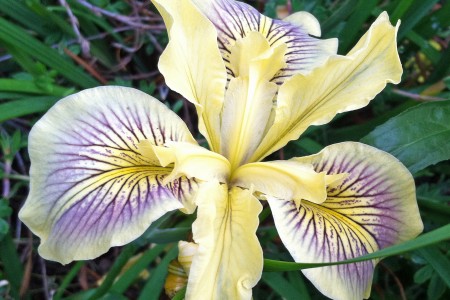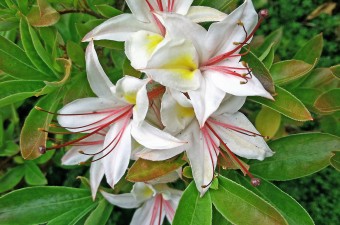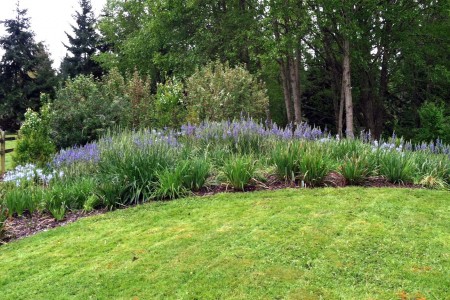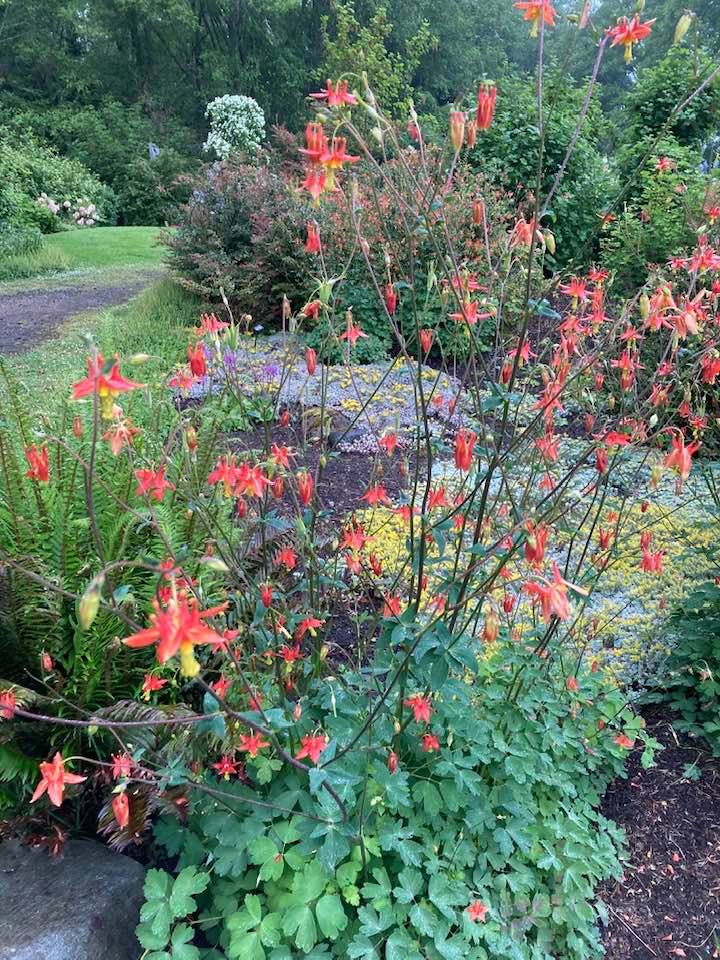 The Eddie’s White Wonder Dogwood (Cornus nuttallii × florida) planted last year in the garden blooms so spectacularly white you can see it driving by on Buck Lake Road! This cross between our native Pacific dogwood and the eastern dogwood was discovered by British Columbia nurseryman Henry M. Eddy and has been commercially propagated and available in the trade since 1955, ten years after it was discovered. It has advantages over its parents including growing taller and having larger flowers than the eastern dogwood, and it’s easier to grow and more resistant to anthracnose (a fungal disease) than its other parent the Pacific Dogwood.
The Eddie’s White Wonder Dogwood (Cornus nuttallii × florida) planted last year in the garden blooms so spectacularly white you can see it driving by on Buck Lake Road! This cross between our native Pacific dogwood and the eastern dogwood was discovered by British Columbia nurseryman Henry M. Eddy and has been commercially propagated and available in the trade since 1955, ten years after it was discovered. It has advantages over its parents including growing taller and having larger flowers than the eastern dogwood, and it’s easier to grow and more resistant to anthracnose (a fungal disease) than its other parent the Pacific Dogwood.
It grows two feet a year to 35’h x 20’w. The dark green summer foliage turns to rich red in the fall. The big beautiful white flowers are followed by orange drupes (fruits). It attracts bees and butterflies; grosbeaks eat the drupes; and it is palatable to deer.And it is a Great Plant Pick, the July 2020 topic.
Diana Tyree-Eddy (any connection to Henry M.?) took this picture at the south entrance to BLNPG showing the dogwood in the upper left background. The western columbine in the foreground is a personal favorite.
June’s a perfect time of year to follow Diana’s lead and take a walk in the BLNPG.
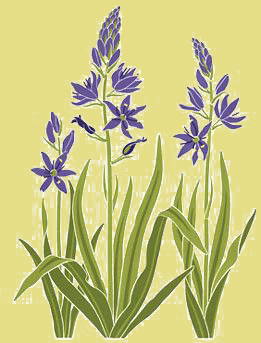
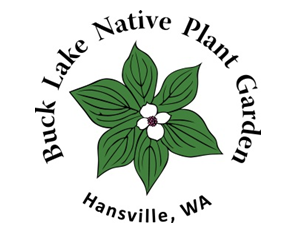 Buck Lake Garden articles published in the monthly
Buck Lake Garden articles published in the monthly 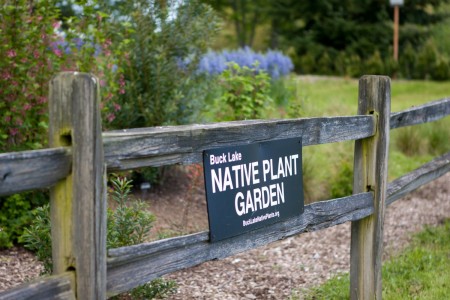
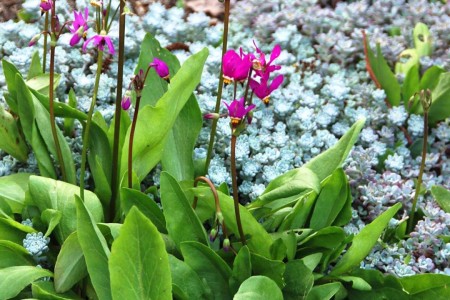
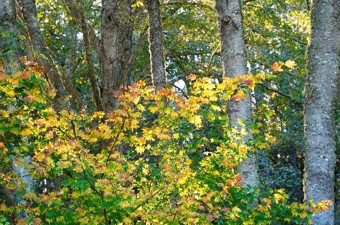
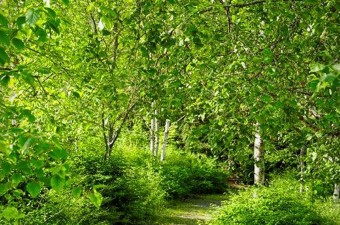
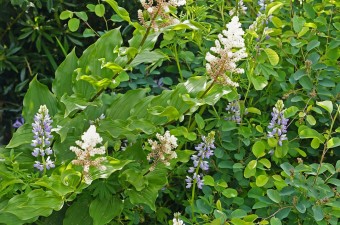
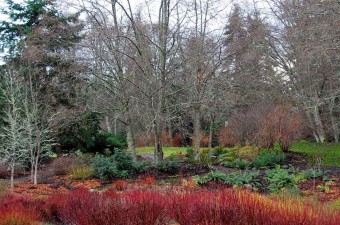
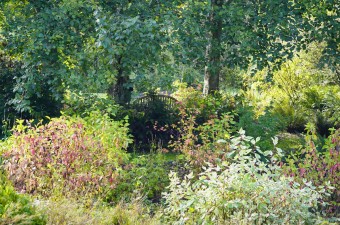
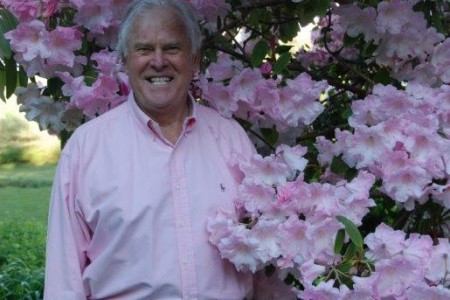
 Many in Hansville (and far beyond) will miss Patrick Leuner’s infectious laugh and special sense of humor. The volunteers at the native plant garden are lucky to have had Patrick as the garden co-designer, ringleader, and gracious host (with wife Betsy) for many of our elegant and jolly recognition dinners. Patrick gave much to our community and was one of the people instrumental to the creation of Norwegian Point Park among other things.
Many in Hansville (and far beyond) will miss Patrick Leuner’s infectious laugh and special sense of humor. The volunteers at the native plant garden are lucky to have had Patrick as the garden co-designer, ringleader, and gracious host (with wife Betsy) for many of our elegant and jolly recognition dinners. Patrick gave much to our community and was one of the people instrumental to the creation of Norwegian Point Park among other things. 